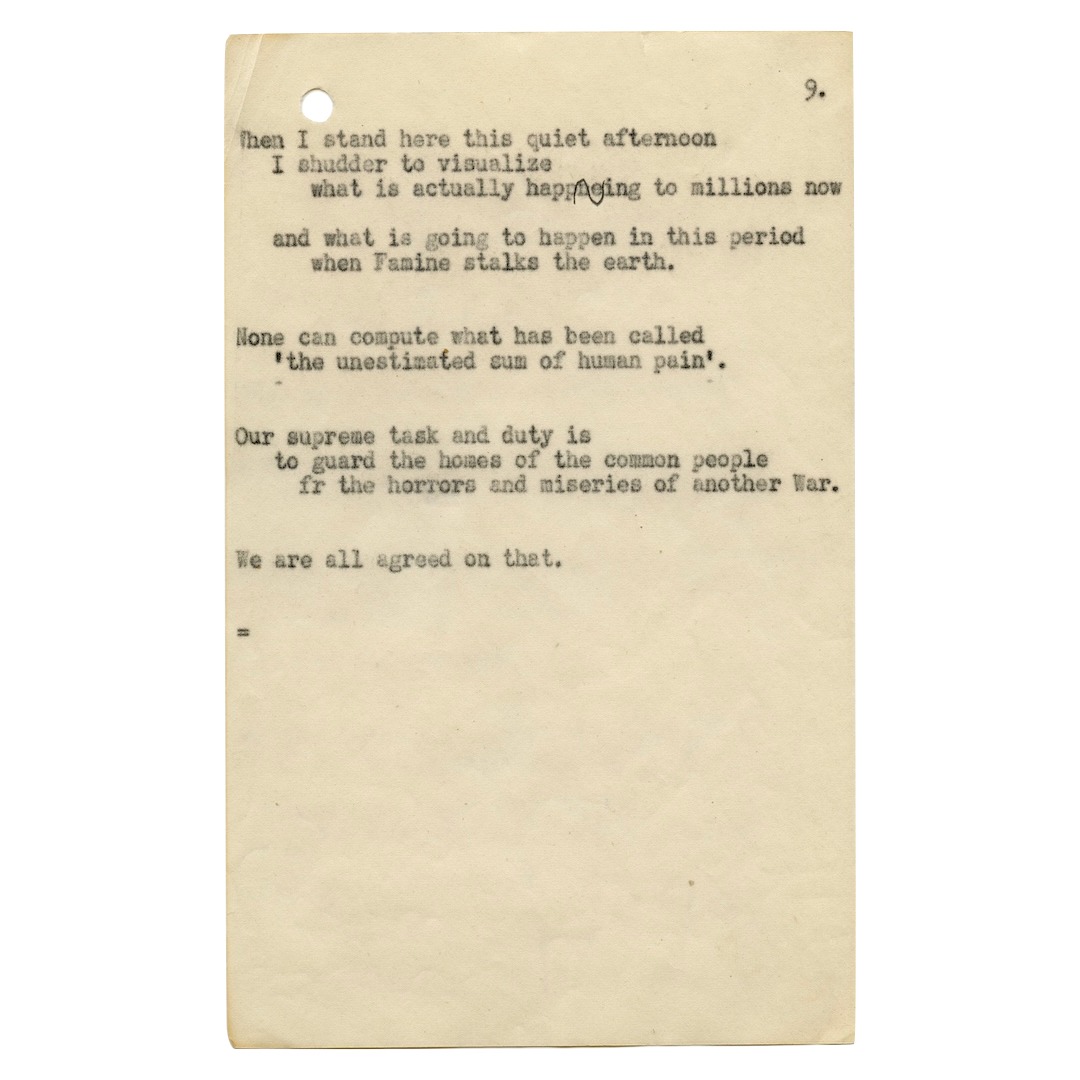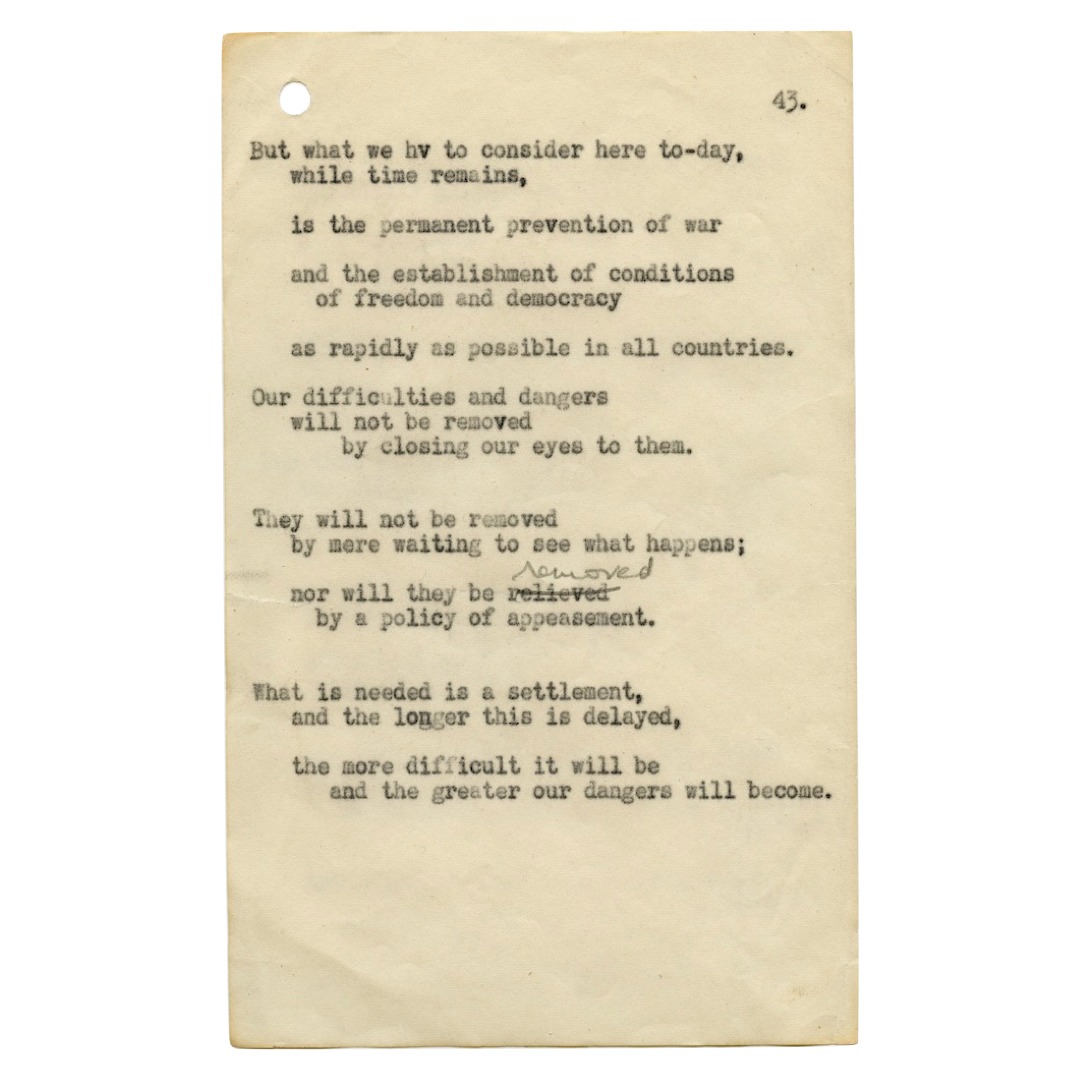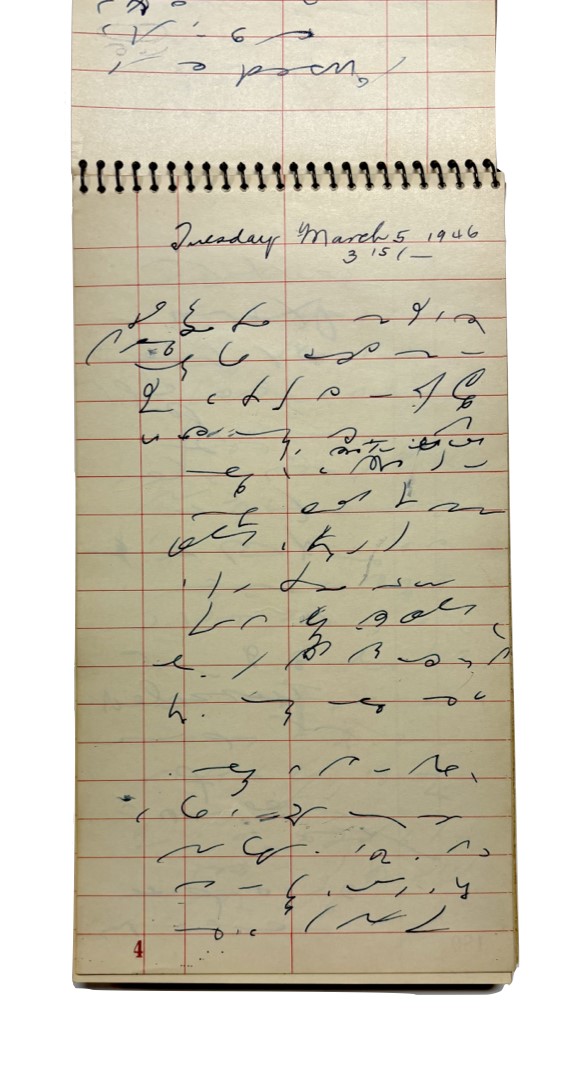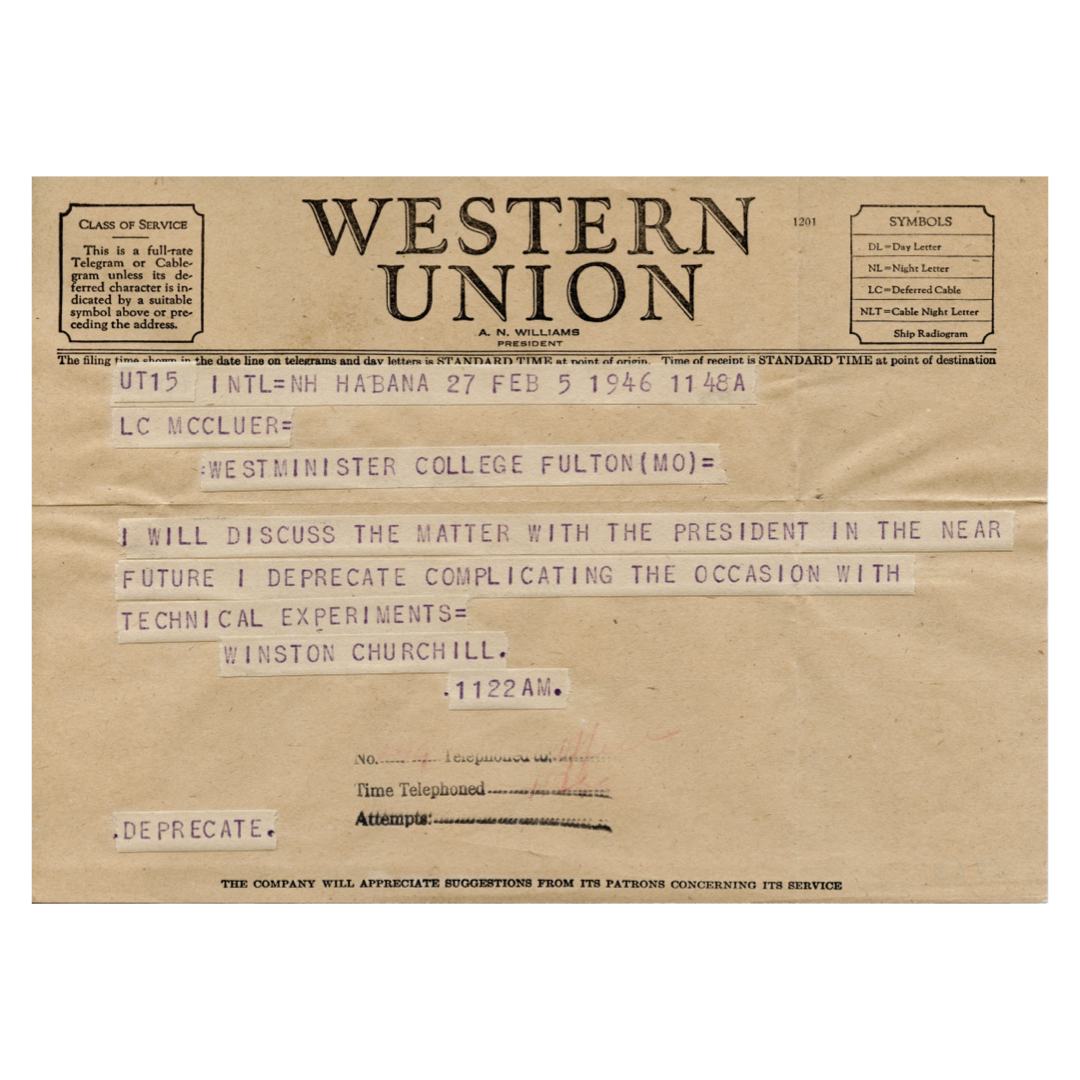

#OnThisDay On March 5, 1946, the presence of Winston Churchill and President Harry Truman turned a college gymnasium in a small Midwestern town into a world state as Churchill delivered his most famous post- World War II address — "The Sinews of Peace."
Check out the latest video from Missouri Life to explore the story of Churchill's Iron Curtain speech and the Christopher Wren church that was moved to Fulton, MO from London to commemorate it
#OnThisDay 1946 Winston Churchill delivered the Iron Curtain speech here at Westminster College MO in Fulton, Missouri. While his address later became known as the "Iron Curtain" speech and the start of the Cold War, these pages reveal why Churchill's own title was "The Sinews of Peace."


While Westminster College President Franc McCluer was hoping to employ new technology to live broadcast the Iron Curtain speech on television, Winston Churchill was against the idea, calling it a "technical experiment." So, more traditional methods were used #OnThisDay in 1946:
Howard B Lang, a local court reporter, transcribed the full speech in shorthand while Churchill was delivering it. As the only one to record the full speech in writing, his notes were in high demand with reporters.
The 32 telegraph operators stationed in the press room for Churchill's Iron Curtain speech handled the largest flow of news, in number of words sent by Western Union, for any single event up to that time. Operator Ray Low used this telegraph "bug" to transmit news in Morse code from reporters in Fulton to the world
🏺1967.18, 🗒️2013.05, 📄1969.63



“Leave the past to history especially as I propose to write that history myself.”